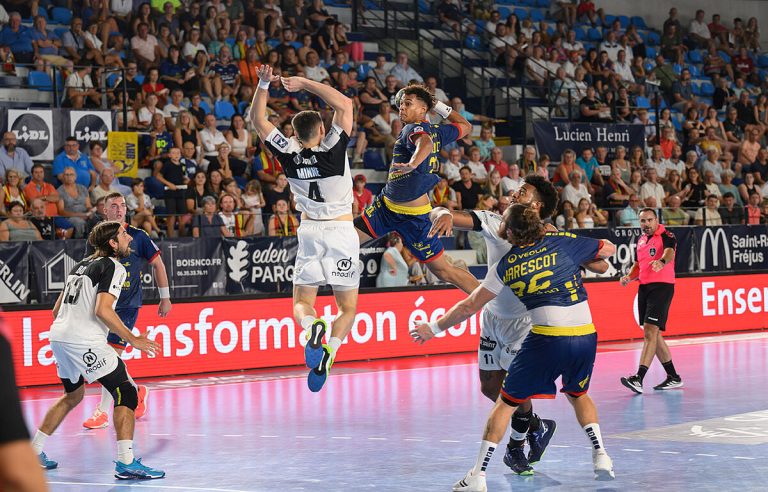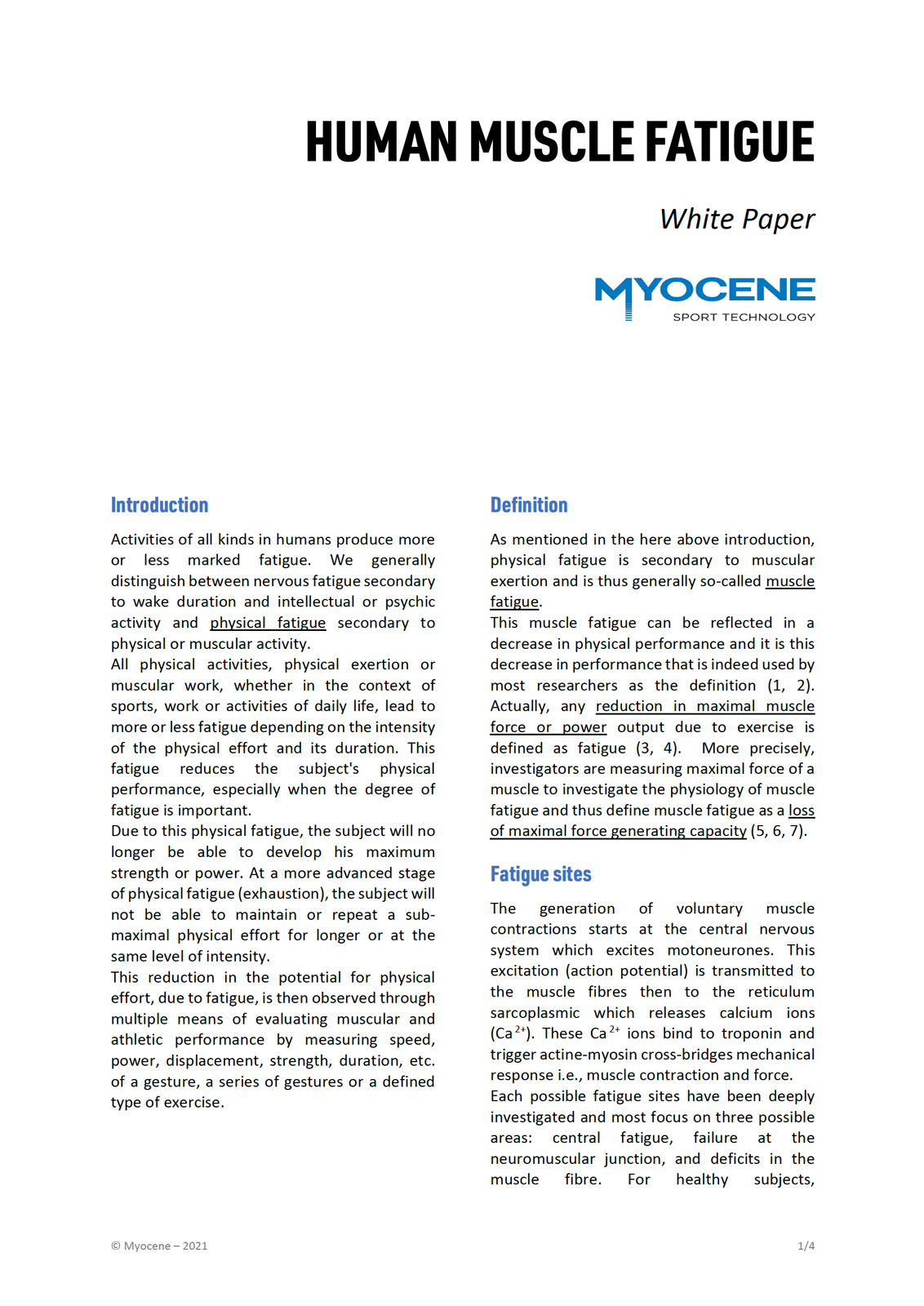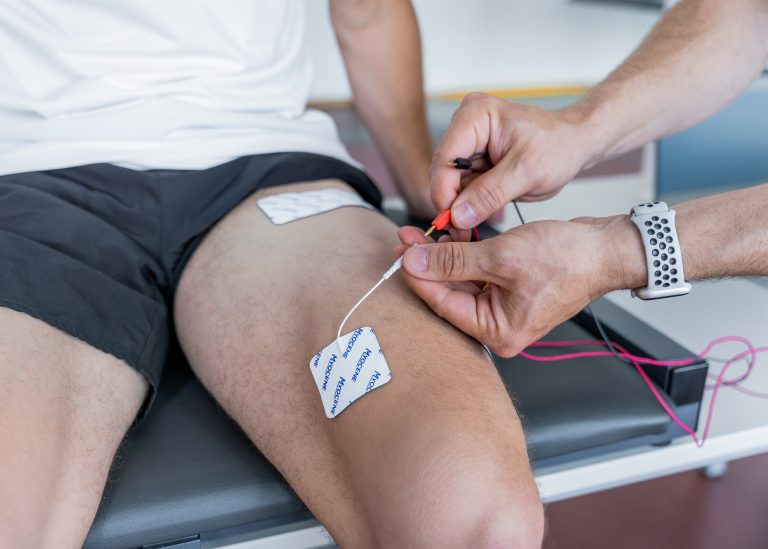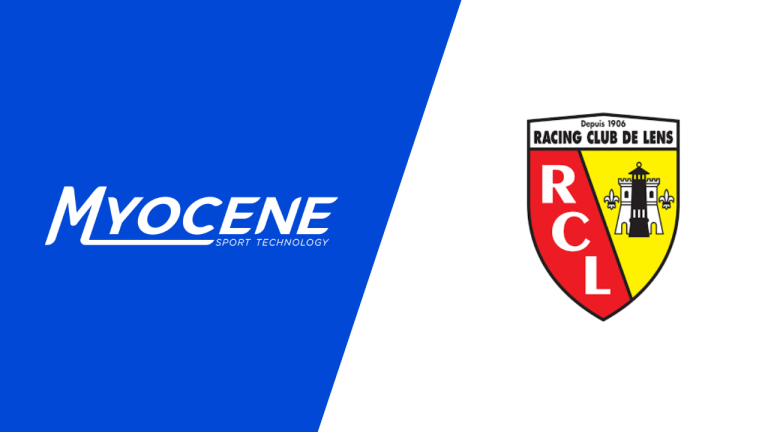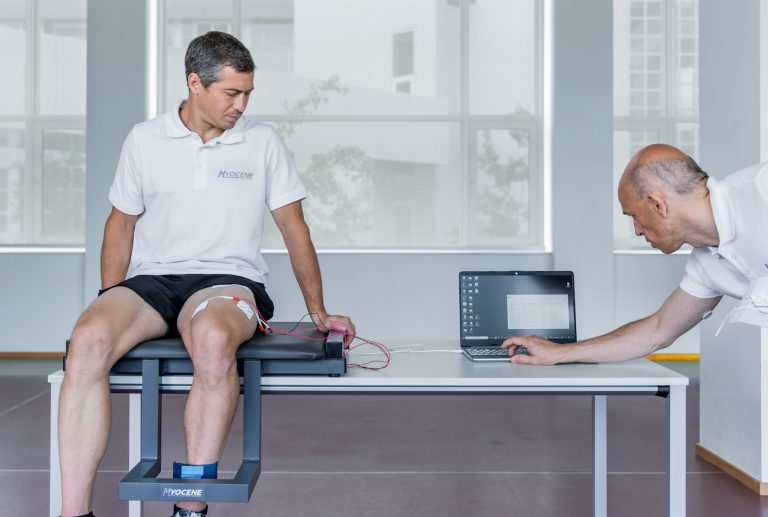Measure Muscle Fatigue objectively with Myocene. Fast, accurate muscle fatigue assessments helping elite sports teams optimize performance, recovery, and rehabilitation.
Easy to use
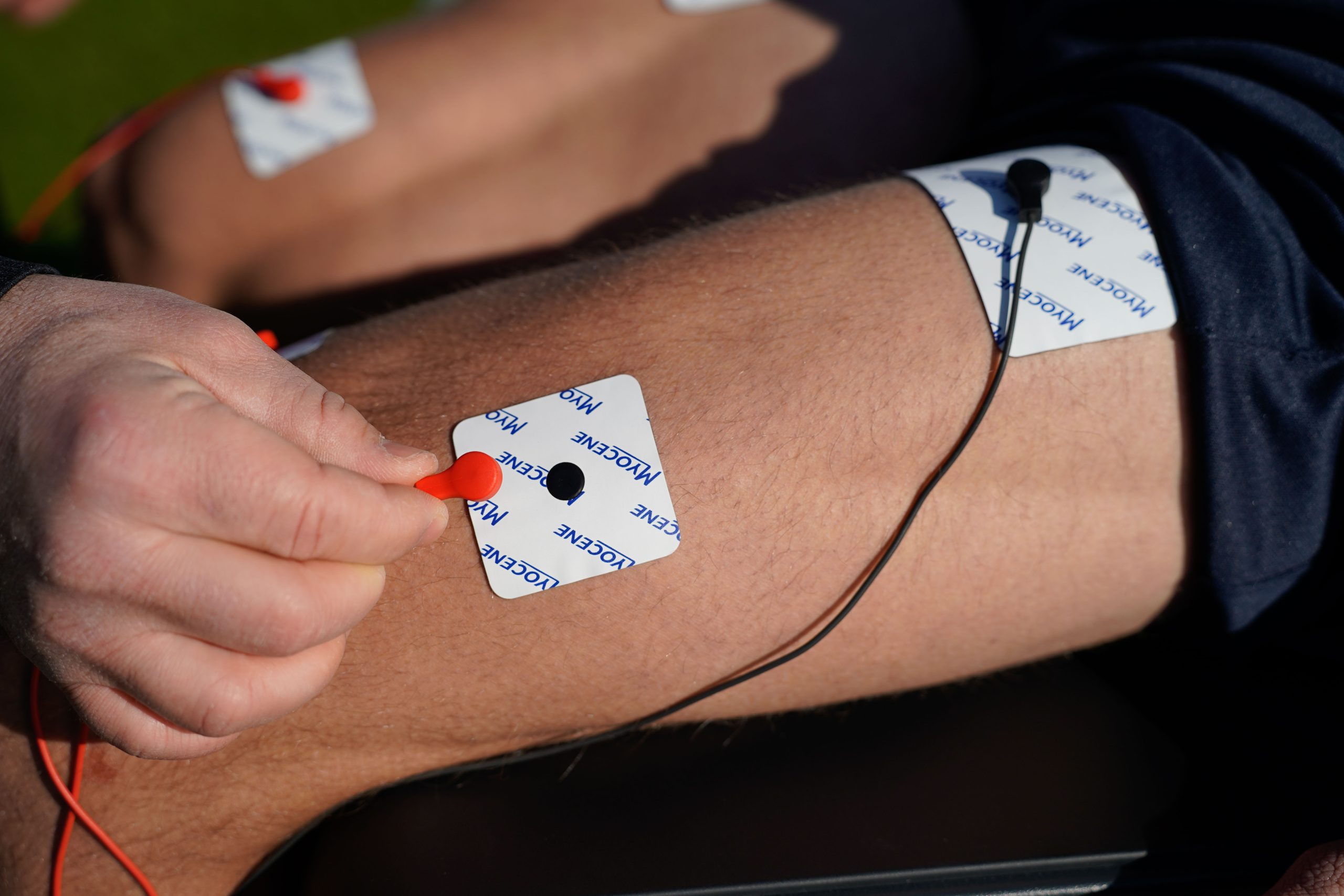
Bring the athlete on the device, connect the magnetic electrodes and start the test. Athletes can also use the device on their own.
results in 90 seconds
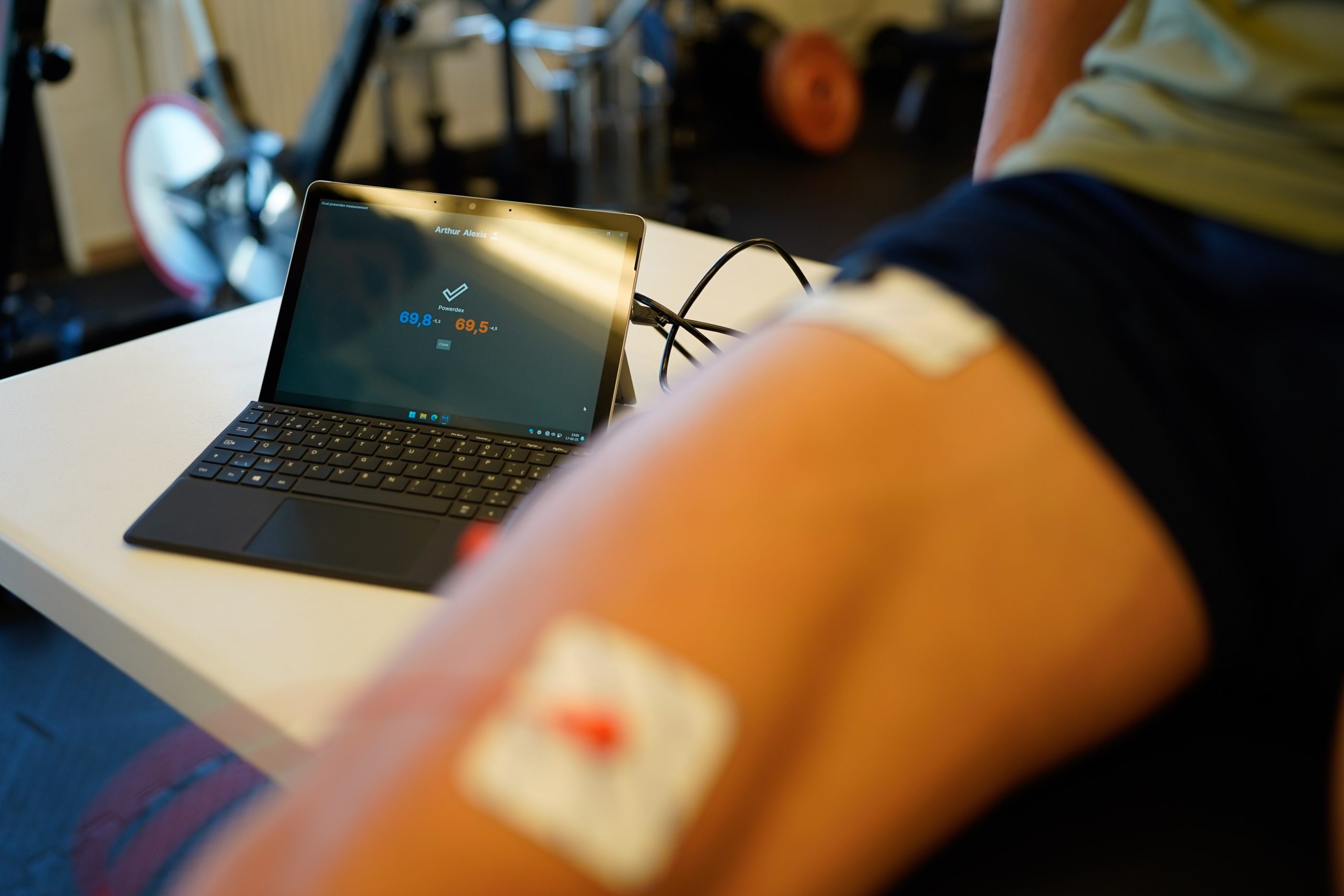
Measuring both legs at once, in just 90 seconds and the fatigue index is available.
indoors or outdoors
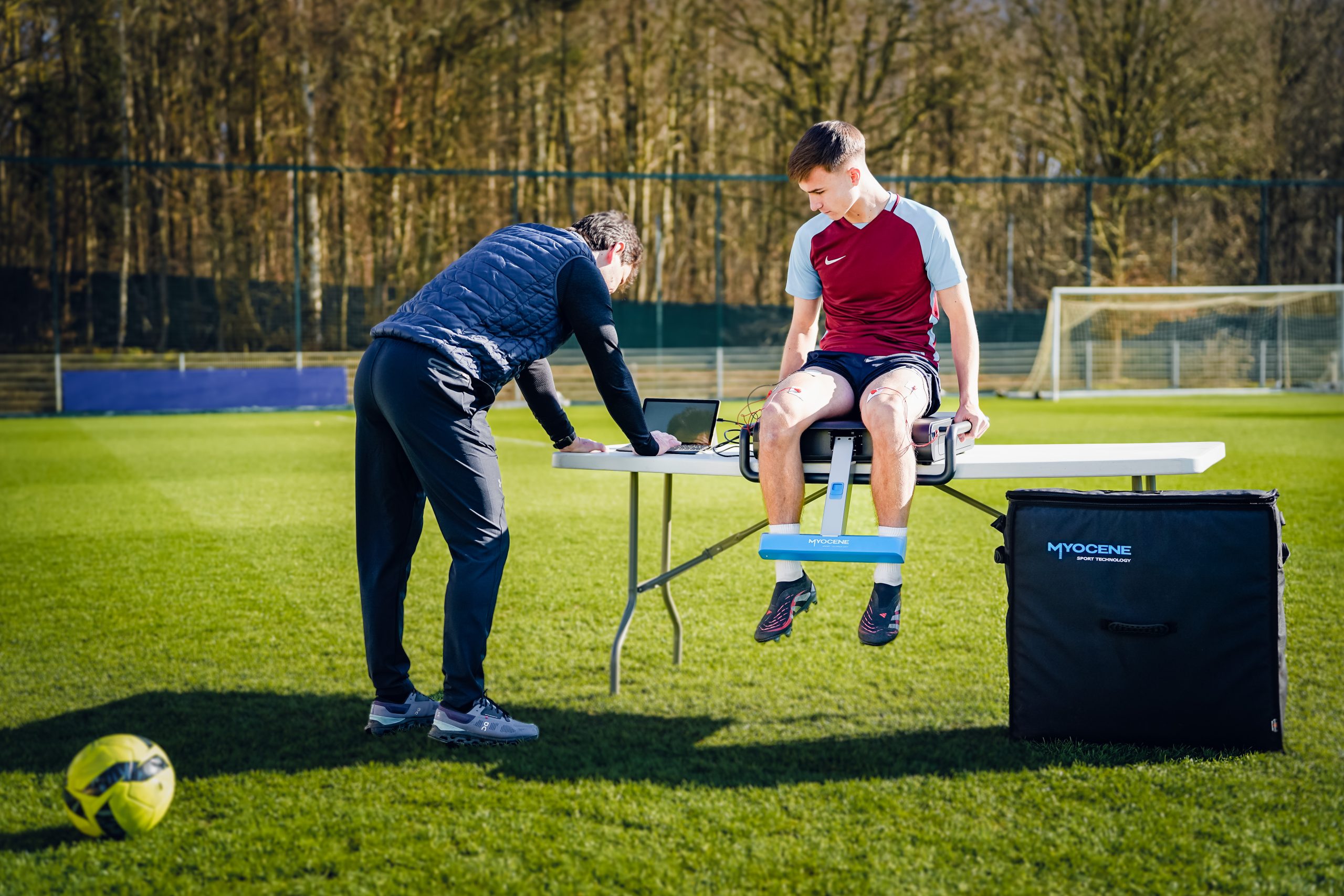
The device is transportable and can easily be carried from the performance centre to the training pitch.
Want to improve how you measure muscle fatigue?
myocene applications in elite sports
quantify session fatigue
Measure fatigue after training sessions (e.g. strength, endurance, plyometric, speed, …) to optimize training intensity and volume based on each athlete’s capacity to withstand the workload.
IDENTIFY UNBALANCED FATIGUE OF THE LOWER LIMB
Monitor any potential unbalance in fatigue resistance post
training and competition to optimize performance and mitigate
injury risks.
AVOID CHRONIC FATIGUE
Measure fatigue after training sessions. Monitor fatigue across the season to avoid accumulation of
long-term fatigue, that would lead to overtraining and
increase the risk of injuries
OPTIMIZE RETURN TO PLAY
Measure the fatigue to adapt the training load of injured
athletes and reduce the injury recurrence.
ENSURE RECOVERY POST COMPETITION
Measure the fatigue recovery following a match to resume training
at the right time
They trust us

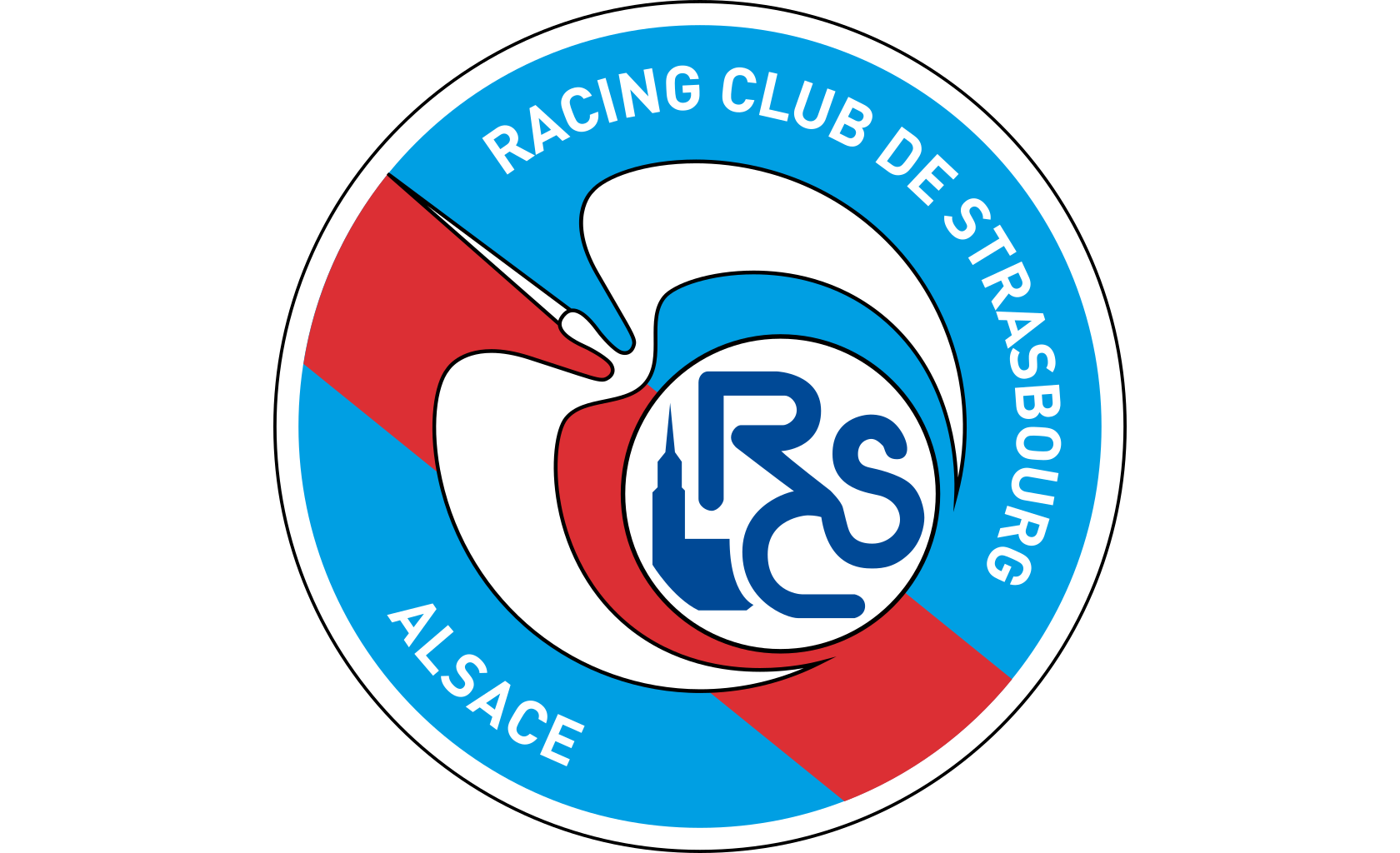

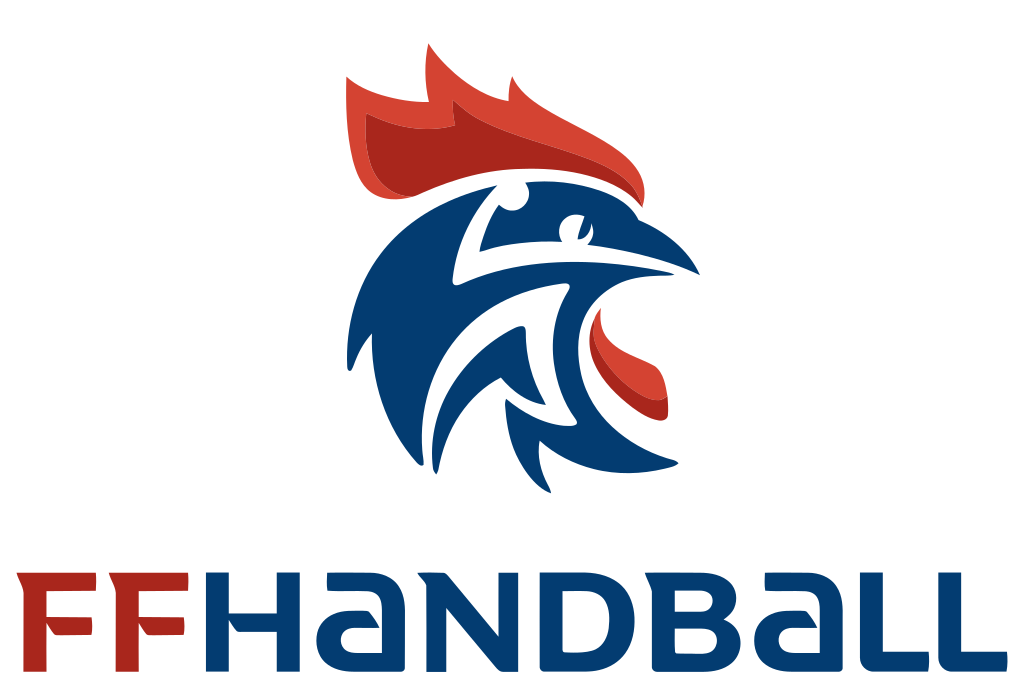

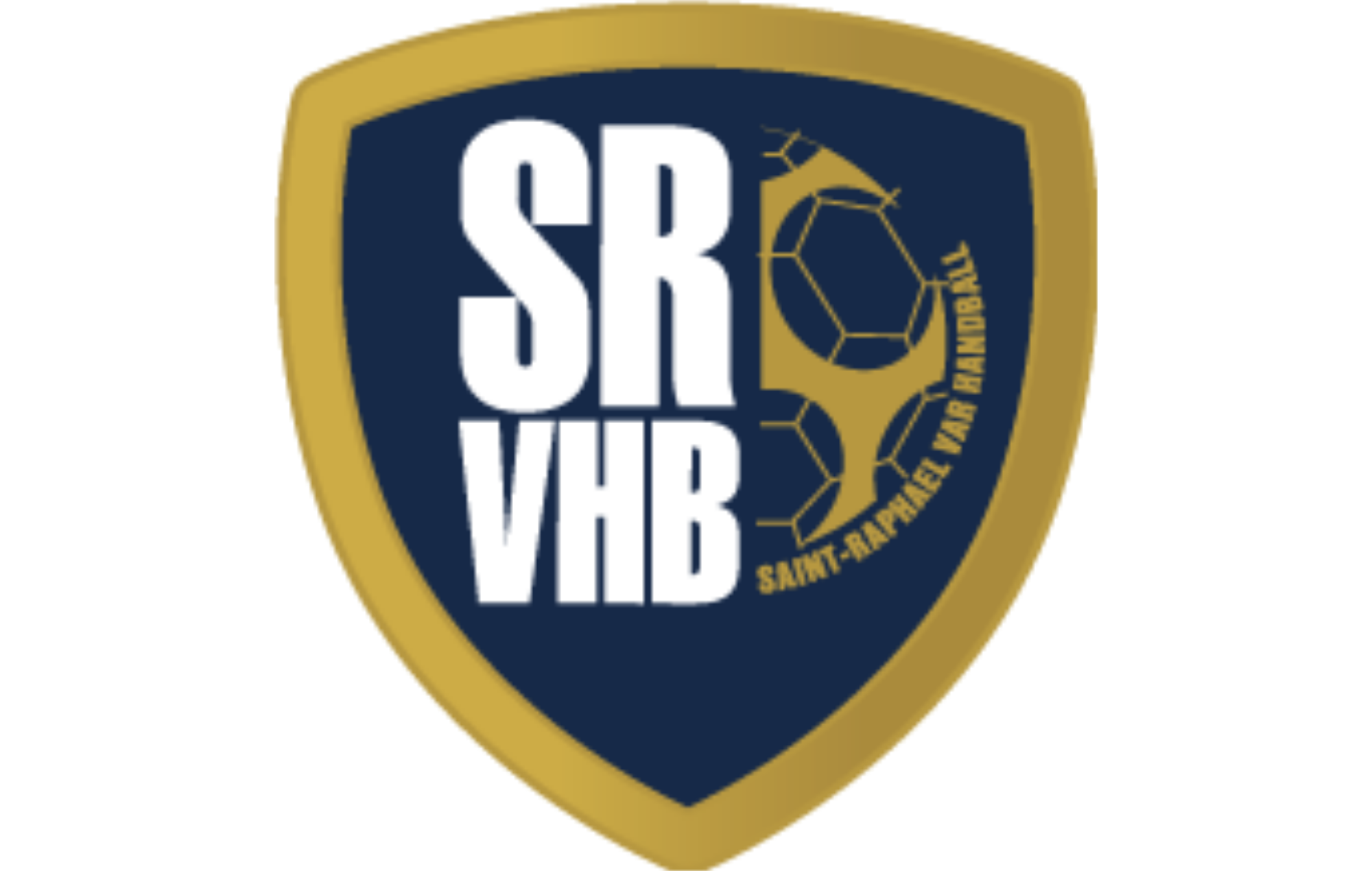

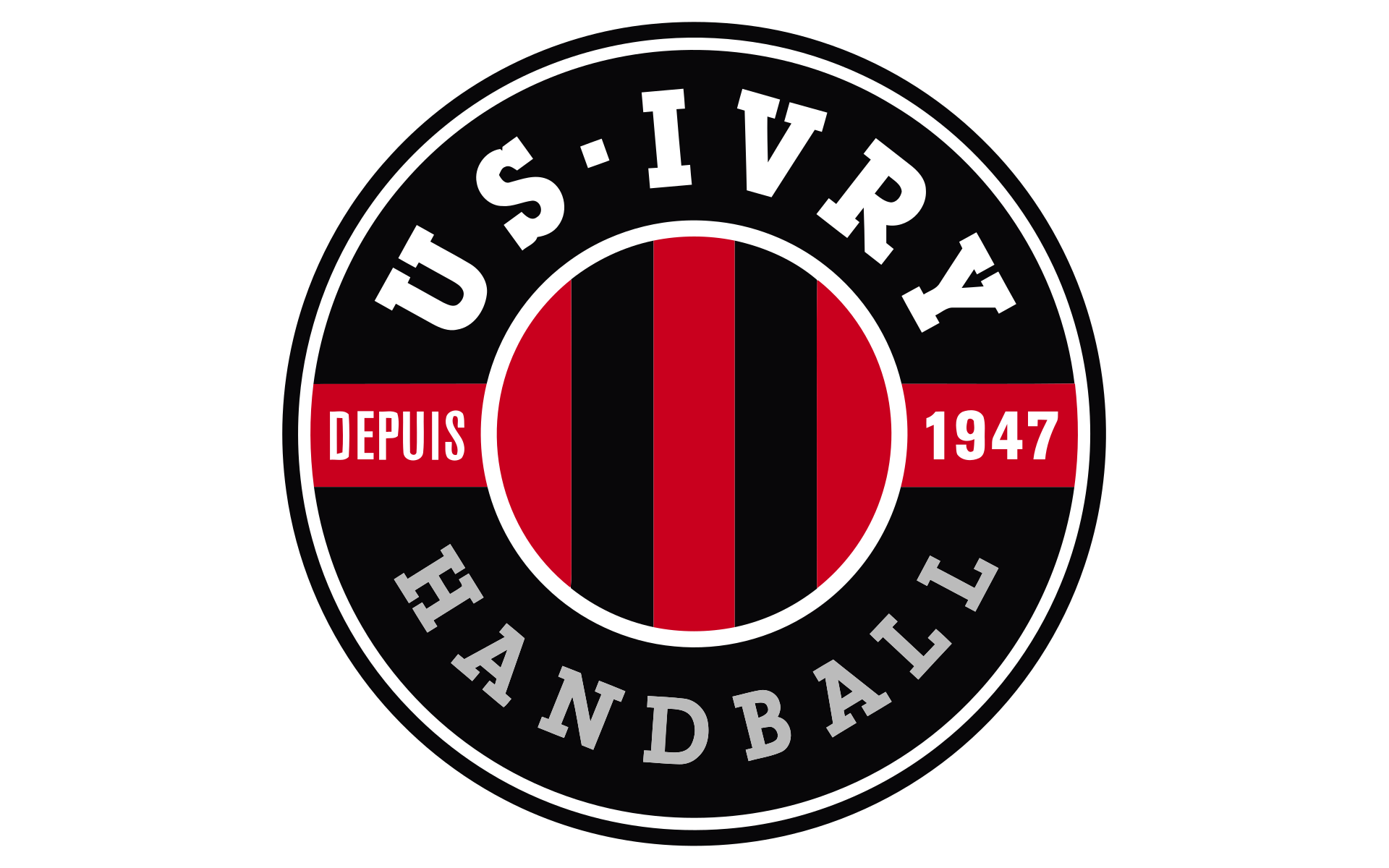

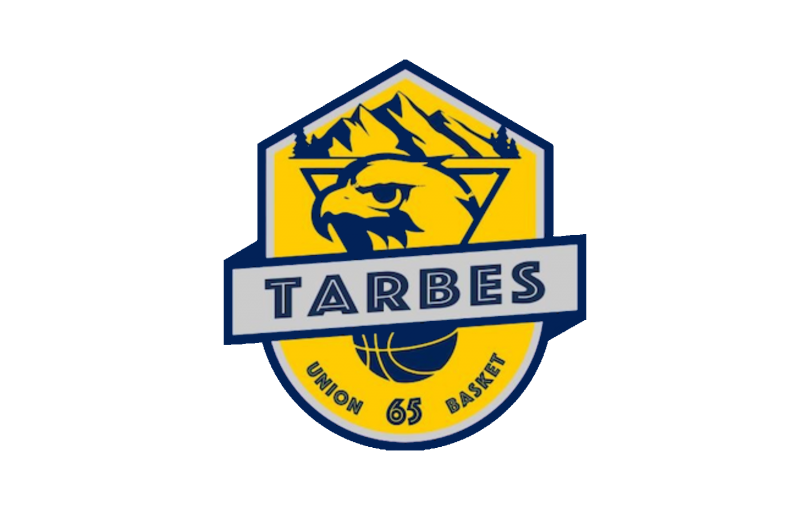


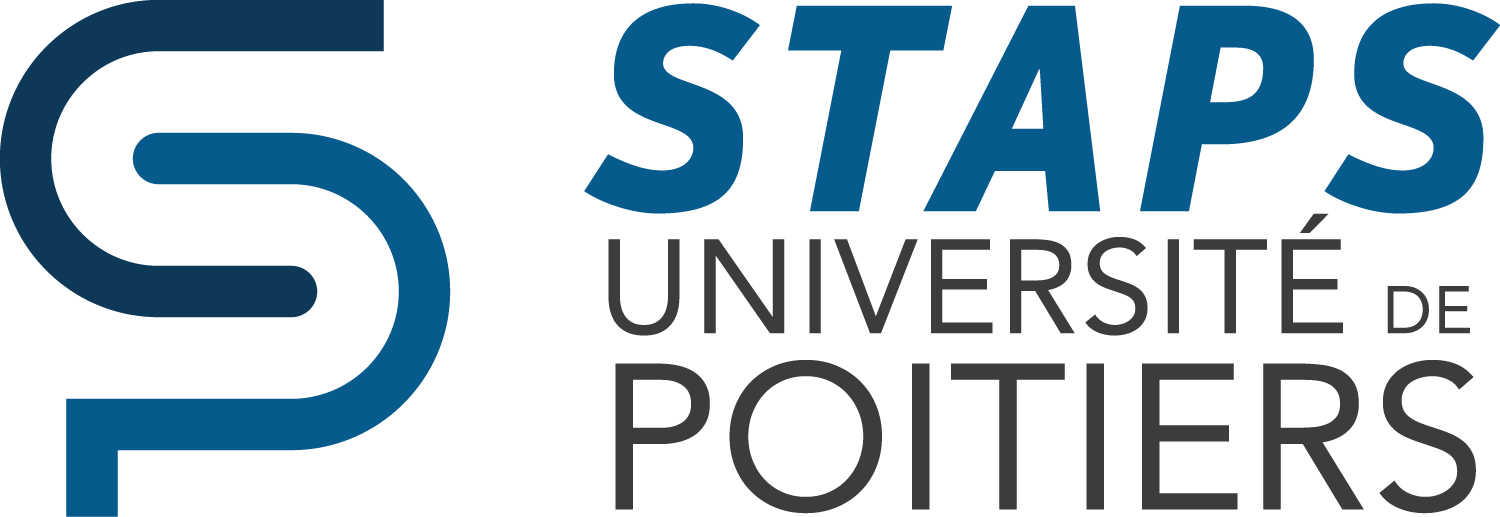


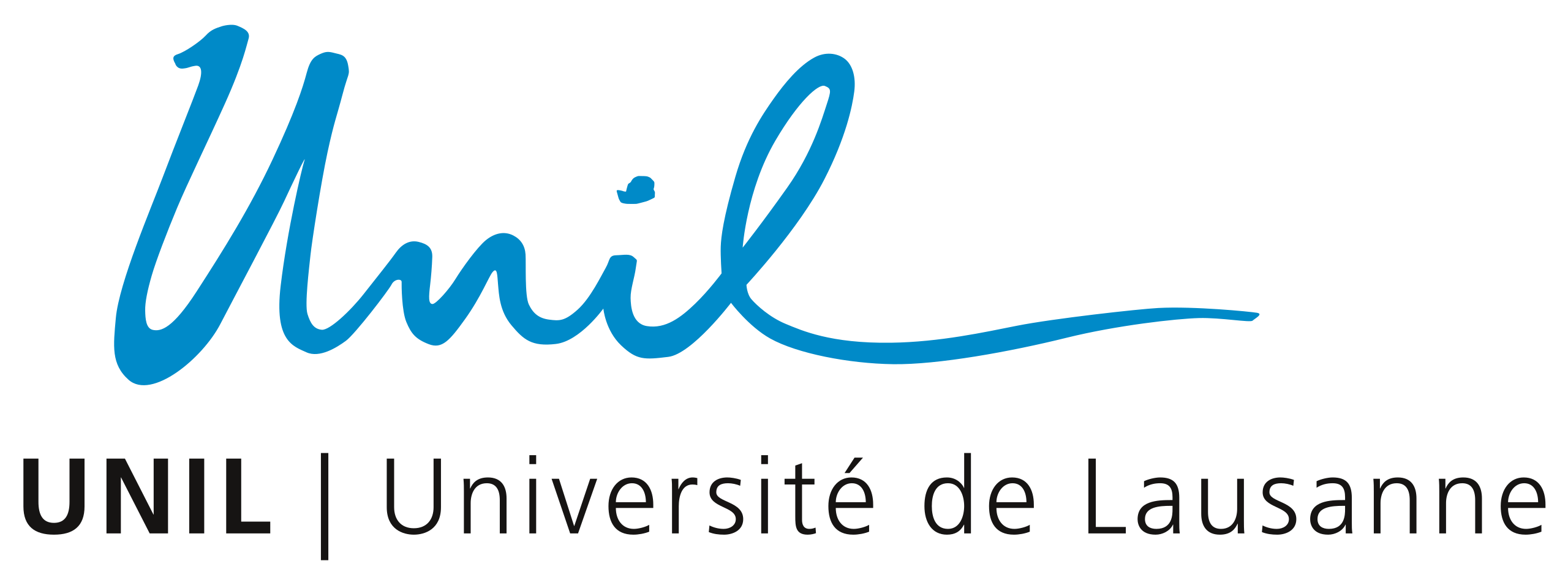
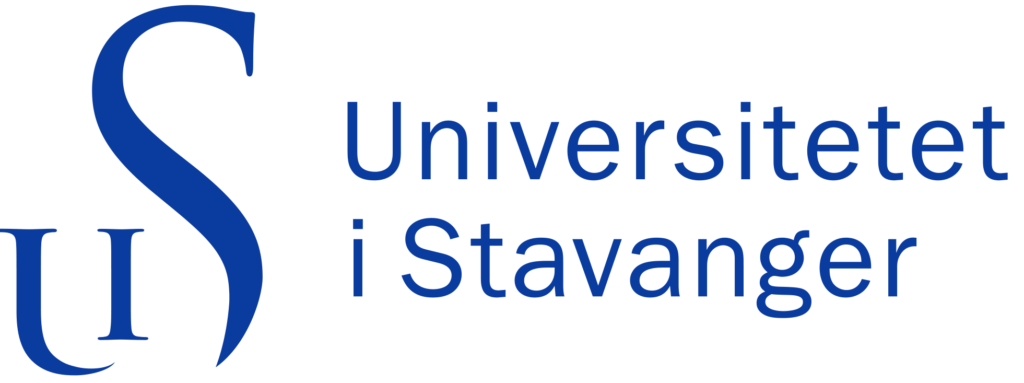
OGC Nice Case study
Myocene a game changer for player freshness and recovery
Discover how OGC Nice is revolutionising player performance and recovery with Myocene’s cutting-edge technology! In this in-depth case study, Laurent Bessiere, OGC Nice’s Director of Performance, and Sebastien Sangnier and Christopher Juras, strength and conditioning coaches at OGC Nice, share insights into why the club chose Myocene to assess player “freshness”, recovery and how they implement it in their daily practice. Myocene offers a reliable, practical solution for quantifying muscle fatigue, crucial for optimising player performance.
Myocene device and its mechanism of action
Myocene uses a combination of electrical stimulation and force sensing to measure muscle contractility, resulting in a unique, accurate and objective assessment of muscle fatigue. The device calculates a metric called Powerdex, which quantifies peripheral fatigue without the need for voluntary muscle contractions.
- The athlete sits on the device with their leg against the custom-developed Myo-sensor.
- Electrodes are set up on the quadriceps to induce electrical muscle contractions.
- In just 90 seconds, an algorithm calculates the fatigue index based on the force response of each electro induced muscle contraction.
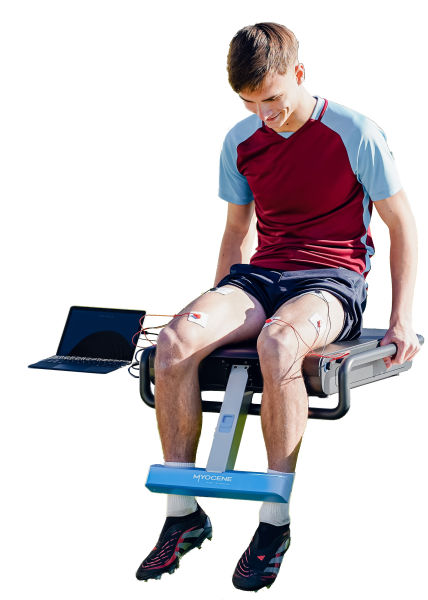
Myocene Software

Unlock Actionable Insights on Muscle Fatigue
Designed to complement our cutting-edge muscle fatigue measurement device, the Myocene software centralizes all collected data, allowing for seamless tracking and analysis. With powerful filtering and interpretation tools, coaches and sports scientists can easily sort, compare, and assess fatigue levels to optimize athlete performance and recovery.
Myocene API
effortless integration

Technology
Muscle fatigue is a loss of force. Myocene technology uses a combination of electro-stimulation and force sensing to accurately assess the force drop and deduce the corresponding fatigue.
Backed up by science
Technology validated
The Myocene device has been validated by Key Opinion Leaders in muscle fatigue. One of them published an article in a peer-reviewed journal:
Thanks to its ease and rapidity of use and its high accuracy, Myocene is now a benchmark device in muscle fatigue research. It can be used to explore and study muscle fatigue both in the field and in the laboratory and it offers limitless research opportunities thanks to its high usability and limited set up required. Several university laboratories and research and performance centers have been using the device in their studies on athletes fatigue and performance. Some published work:
- Timbert, T.; Babault, N.; Methenitis, S.; Cometti, C.; Amiez, N.; Paizis, C. The Effect of Bodyweight Support and Incline Running on Triceps Surae Electromyographic Activity. Appl. Sci. 2023, 13, 9620.
- Olivier Bernard et al. Repeatability and reproducibility of an on-field device for measuring low- to high- frequency muscle force ratio. European College of Sport Science (ECSS), July 2023
- Tilmann Strepp et al. Effects of a physiological exercise test and a HIIT shock microcycle on muscle fatigue measured with a novel device – case study on acute and chronic changes. The 9th International Congress on Science and Skiing (ICSS), Mar 2023.
Human muscle fatigue
Human muscle fatigue has been largely explored. Download our free white paper on the subject by clicking on the image below.
Here below the leading scientific references:
- Ciba Foundation Symposium 82 ‐ Human Muscle Fatigue: Physiological Mechanisms
- Neurobiology of muscle fatigue
- Measurement of human muscle fatigue
- Central and Peripheral Fatigue of Human Quadriceps Muscle
- Low-Frequency Fatigue
- Low frequency fatigue of quadriceps after sustained maximum voluntary contractions
- High- and low-frequency fatigue
- Intracellular calcium concentration during low-frequency fatigue
- Human Muscle Fatigue
News
contact myocene
HEADQUARTERS
- Quai Banning 6, 4000 Liège, Belgium
- info@myocene.com
- +32 4 262 39 20
myocene us inc
- 16192 Coastal Highway Lewes, DE 1995
-
sales.us@myocene.com





